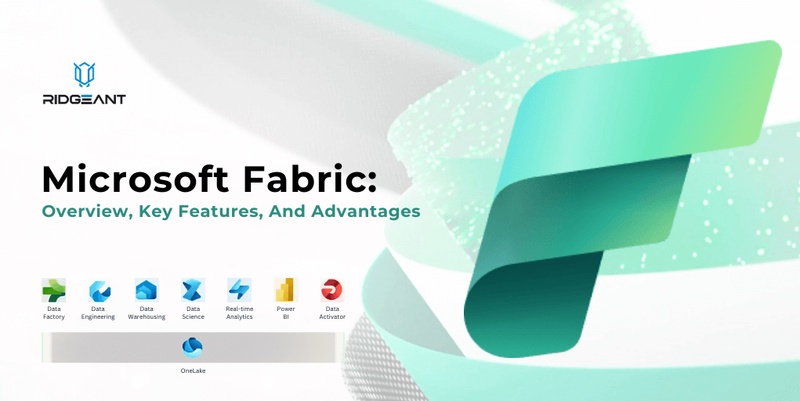In today's fast-paced digital world, cloud computing has become an integral part of many businesses, providing them with the flexibility and scalability needed to thrive. Among the numerous cloud service providers, Microsoft Azure stands out as a leading platform, offering a wide array of services and tools to support enterprise needs. One such service is Microsoft Fabric, a powerful offering designed to simplify the deployment and management of cloud applications. In this blog post, we will dive into the top five things you should know about Microsoft Fabric.
What is Microsoft Fabric?
Microsoft Fabric is a set of infrastructure services and technologies that form the foundation of the Azure platform. It provides a robust and reliable platform for building and running cloud-based applications. Fabric acts as the underlying layer responsible for managing the physical resources, such as compute, storage, and networking, and ensures efficient resource allocation, fault tolerance, and scalability.
Fabric's Key Components:
To fully grasp the capabilities of Microsoft Fabric, it's essential to understand its key components. First and foremost, Fabric Controller plays a central role in managing the resources and orchestrating application deployments. It handles resource provisioning, load balancing, and health monitoring. Another critical component is the Fabric Host, which runs on each physical machine, providing the runtime environment for the deployed applications. Additionally, Fabric also includes a reliable storage system, networking infrastructure, and security mechanisms to ensure the integrity and availability of applications.
Scalability and Elasticity:
One of the major advantages of Microsoft Fabric is its ability to scale applications seamlessly. Fabric automatically adjusts the allocation of resources based on demand, allowing applications to scale up or down dynamically. This elasticity ensures optimal performance and cost-efficiency. Whether it's handling sudden traffic spikes or accommodating fluctuating workloads, Fabric's built-in scalability features enable businesses to meet their performance requirements without worrying about infrastructure limitations.
High Availability and Fault Tolerance:
Downtime can be disastrous for businesses, resulting in revenue loss and customer dissatisfaction. Microsoft Fabric addresses this concern by providing high availability and fault tolerance. Fabric automatically replicates application instances across multiple physical machines, ensuring redundancy and minimizing the impact of hardware failures. In the event of a failure, the Fabric Controller swiftly detects it and automatically redistributes the workload to healthy machines. This fault tolerance design enables applications to remain operational even in the face of infrastructure disruptions.
Simplified Application Deployment and Management:
Microsoft Fabric streamlines the process of deploying and managing applications in the cloud. It offers a declarative model, allowing developers to define the desired state of their applications using templates. These templates capture the infrastructure and configuration requirements, making it easy to replicate deployments across different environments. Additionally, Fabric integrates seamlessly with other Azure services, such as Azure DevOps and Azure Resource Manager, providing a comprehensive ecosystem for application development, deployment, and monitoring.
Conclusion
Microsoft Fabric plays a vital role in empowering businesses to harness the full potential of the cloud. With its robust infrastructure, scalability, fault tolerance, and simplified management capabilities, Fabric provides a solid foundation for deploying and running cloud applications efficiently. By leveraging the power of Fabric, organizations can focus on delivering value to their customers while leaving the complex infrastructure management to Microsoft Azure. As the cloud computing landscape continues to evolve, Microsoft Fabric remains a key tool for businesses seeking to optimize their cloud-based operations.


No comments yet